The Endurance-Running hypothesis proposes that natu- ral selection has shaped humans into endurance-running specialists. Running-related-injury rates between 20-79% suggests modern humans are prone to injury in this spe- cies-specific movement pattern. This opinion piece offers a novel perspective on high-injury prevalence in human en- durance running, focussing on evolutionary mismatch be- tween modern athletic footwear and evolved foot structure and function. We propose that non-anatomically shaped, structured, cushioned footwear can lead to maladapted foot structure and loss of biologically-normal function includ- ing stability, elasticity, sensory feedback and subsequent movement control. The structure and function of the human foot and its possible impairment by modern footwear has re- ceived little attention in running-related literature, but could provide a new area of enquiry and potential solutions for many running-related injuries.
Humans are adapted for endurance running, but injury rates are high, A mismatch between evolved structure and func- tion of the foot, and design features of modern footwear could explain the high injury rate in the derived movement pattern of endurance running, Evidence suggests that the design features of modern footwear can deform foot struc- ture and impair foot function. The loss of structure and function could explain many common running injuries.






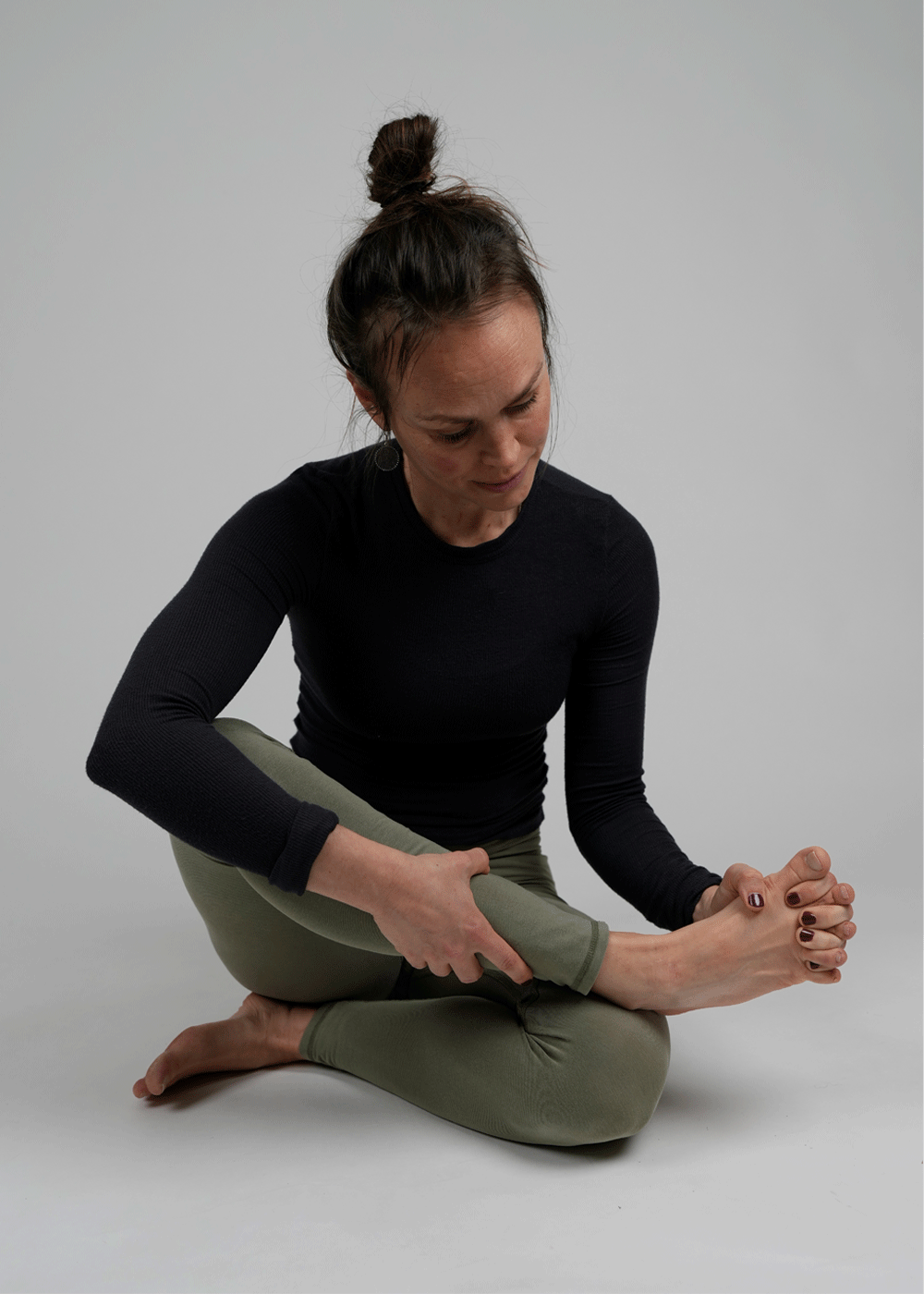




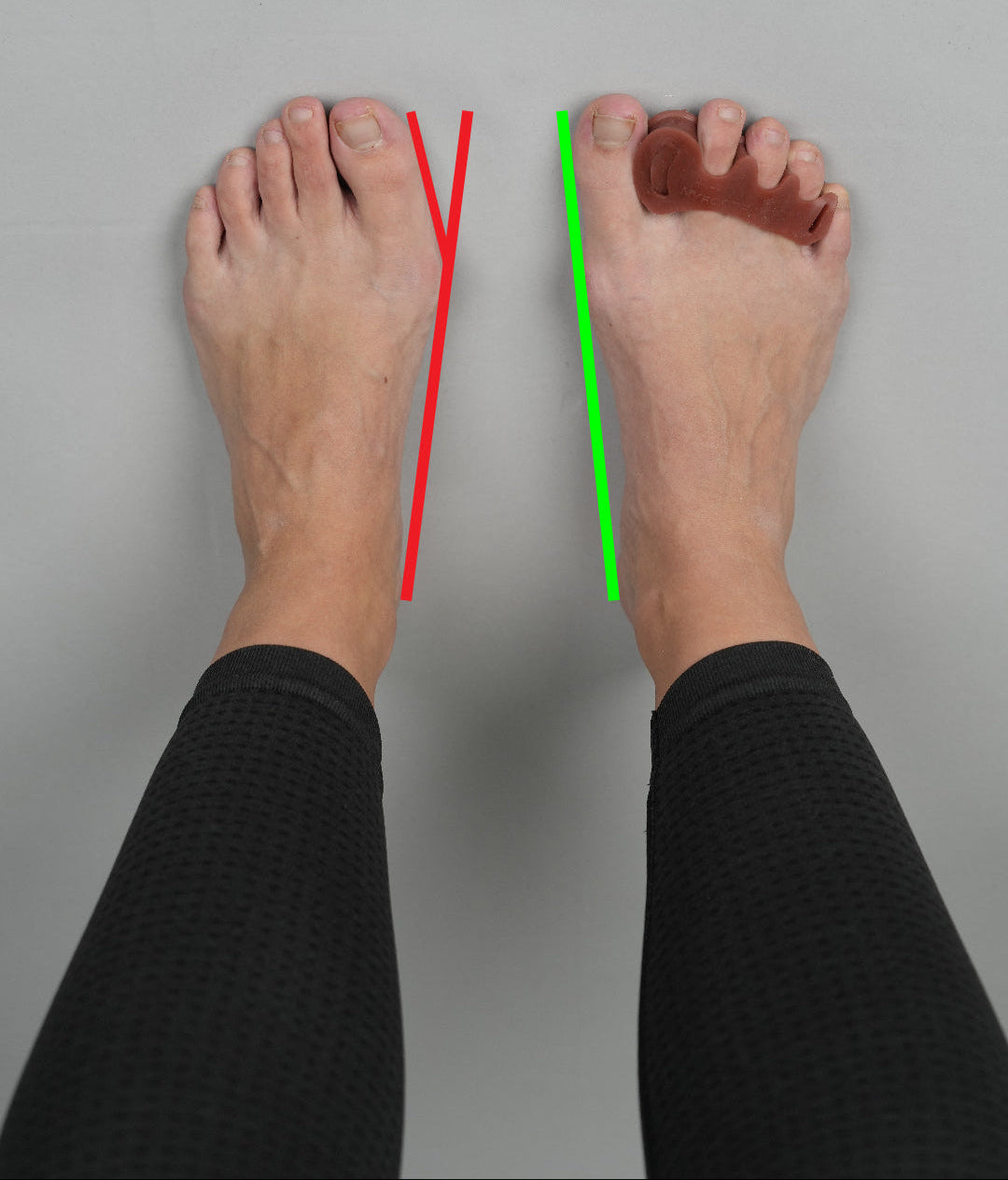
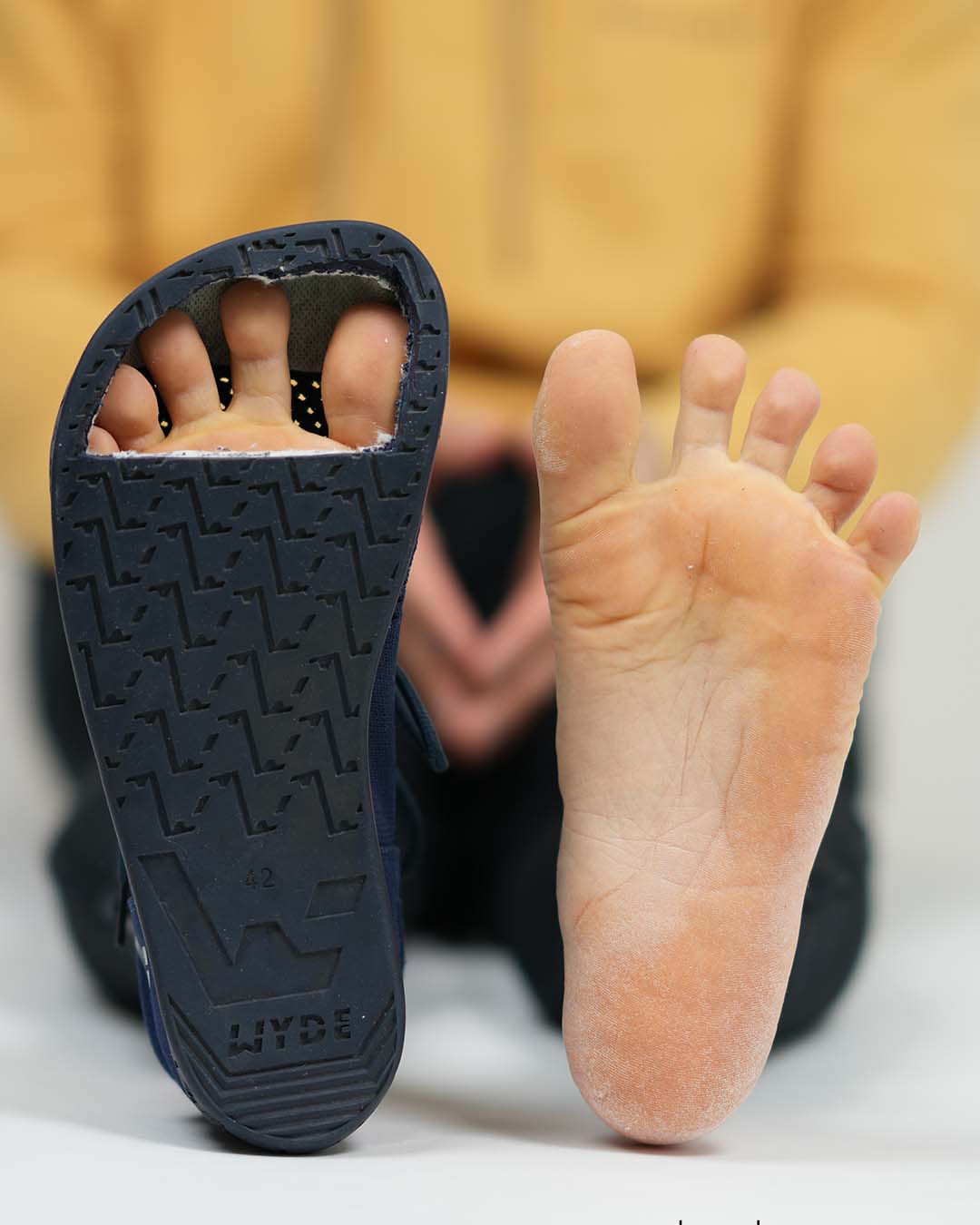
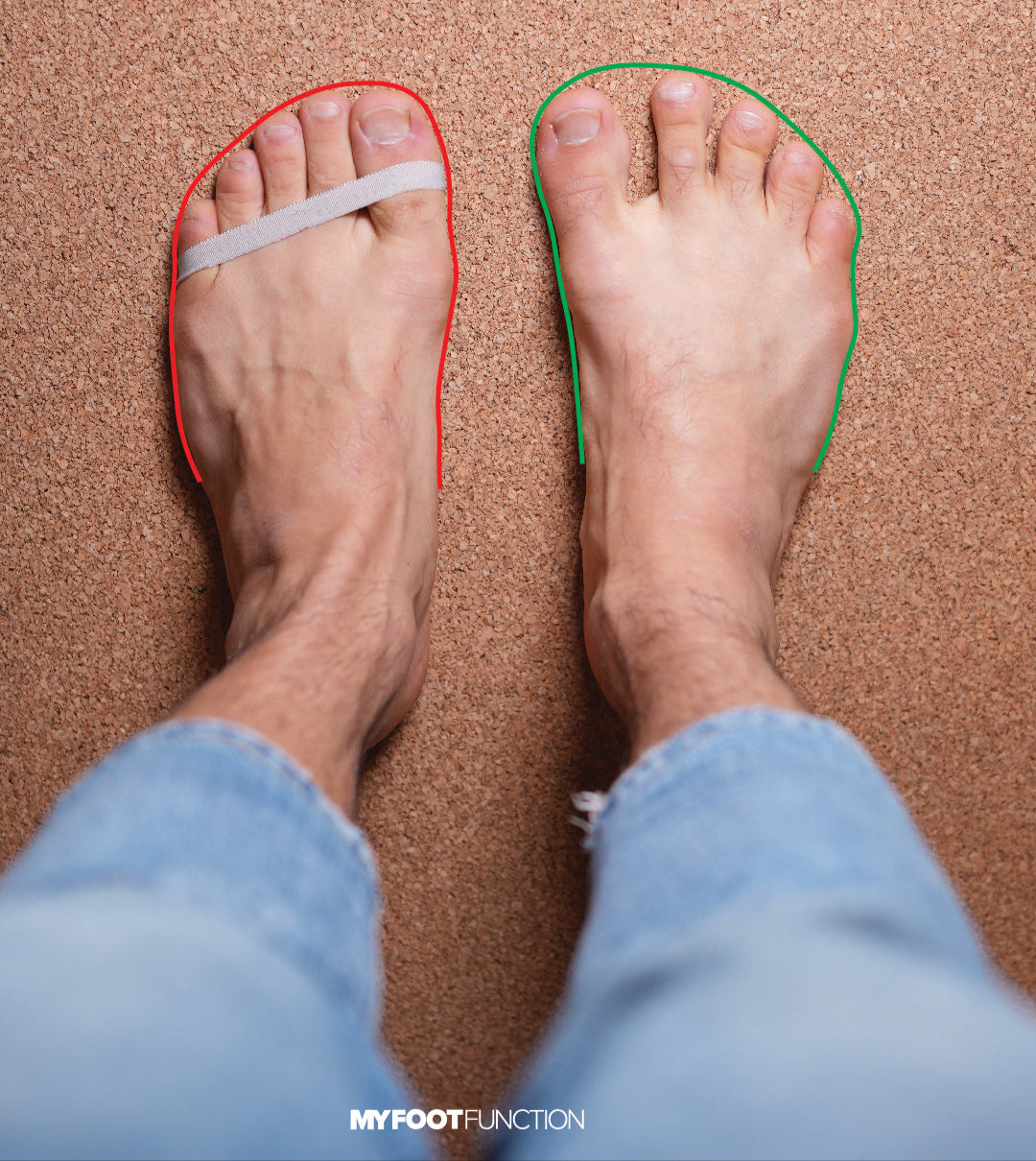
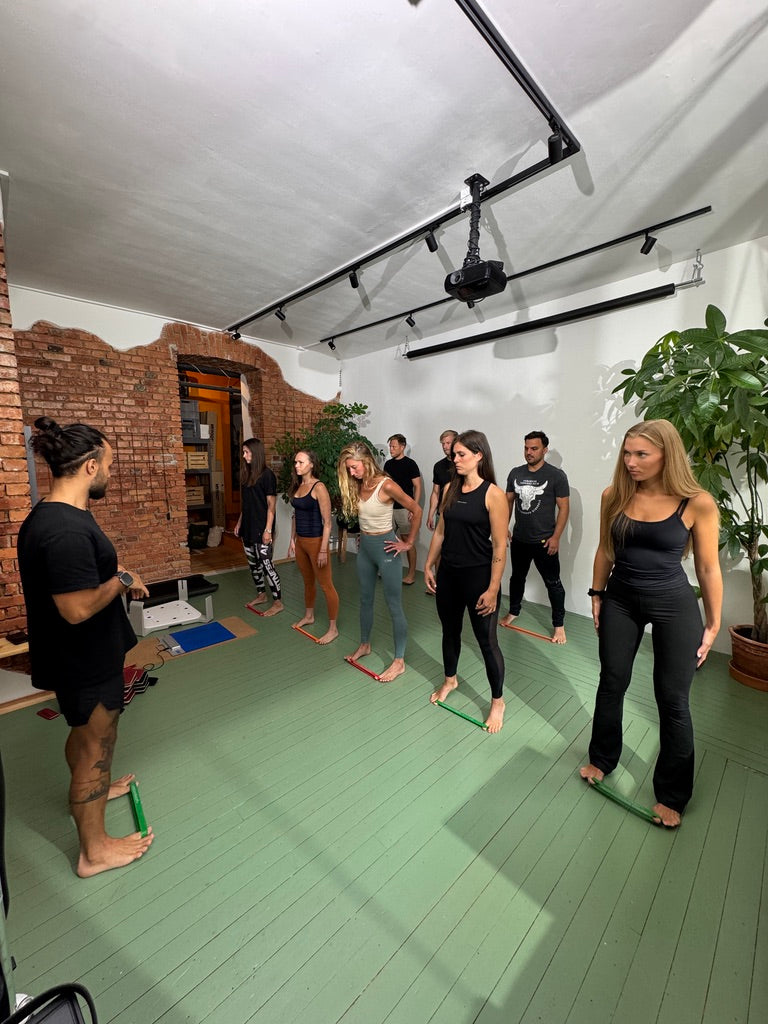
Share:
Evaluation and Management of Foot and Ankle Disorders
Minimalist shoes running intervention can alter the plantar loading